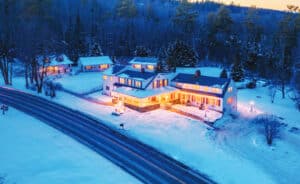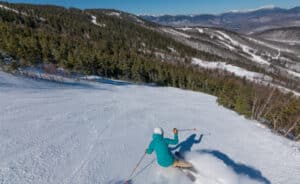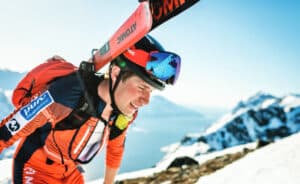
Variety, as the old saying goes, is the spice of life. That applies to the “perfect” learning environment for snowboarding. Different conditions present myriad advantages and disadvantages. And few months produce quite as much variety in terms of trail conditions as March and April.
“Every snowboarder will have a different opinion about the best conditions, and will find that the type of riding they enjoy most will shine more in one condition over another,” said David Binford, assistant director of the Ragged Mountain Learning Center in New Hampshire. “Those conditions most likely will change as their riding advances due to their changing or evolving skill-set.”
For me, springtime provided a turning point when I first started snowboarding a quarter-century ago. Already a veteran skier, I was admittedly having trouble making the transition to a single board and the different body dynamics required, particularly edging with my heels and toes. But during a March outing when the temperatures were hovering in the 40s and the snow softened up to a classic “corn” consistency, I found it much easier to lean into my turns.
Soon, I was zig-zagging down the hill, much like riding a longboard. With that sensation came more assurance about how to transfer my weight efficiently. The next season, I would take that newfound confidence to tackle a variety of terrain. Adam Ford, a snowboard instructor at Okemo Mountain in Vermont, said my experience was almost predictable.



